When we say that Vietnam is warming with reds these days, we aren't making a political statement, of course. We're talking about wine. With the easing of government restrictions, both commercial and cultural, the past ten years have seen a welcome increase in wine importing and awareness. You can now find a good quality Bordeaux in most upscale and many mid-range restaurants or chic wine bars and shops in Hanoi and Ho Chi Minh City. Nevertheless, while international wines are making headway, the most interesting vintner we find on the market are local contenders.
Rice alcohol. Alcohol has been called spirit because it symbolizes for men willingness in the old time. Besides tea, plain rice alcohol is also offered respectfully on the ancestor altar in rituals or ceremonies to show deep gratitude such as wedding parties, ground - breaking, Tet holiday... Vietnamese also drink alcohol to celebrate joy to reduce sadness or wish for blessings.
However, the way Vietnamese drink alcohol is worth mentioning. Unlike Western countries where bigger cups or glasses are frequently used, buffalo - eyed cup is more preferred to serve in Vietnam.
How can rice become wine?
Yes, Vietnamese alcohol is made from rice so it is called rice alcohol. Firstly, rice is steamed, and then fermented for a couple of days before being distilled. With several traditional methods and materials, you will have many kinds of rice alcohol; however, their flavors are totally different from each other. In some cases, herbs or snakes are pickled in alcohol jar to use as medicine.
Can wine. The name can wine comes from the reason that Vietnamese call a stem - a small bamboo straw- to consume wine from the jar. This kind of wine is the most special one in Vietnam even it belongs to minority groups in highland and some other places in Vietnam.
Can wine is special for the way it is made and served.
Firstly, simple available local materials such as cassava, tapioca, sweet potato are altogether fermented by wild herb in a pottery jar for days. Of course, its taste is total different from rice alcohol or any kind of wine - can wine is so bitter or strong that may lead you dizziness. Its sweet taste would make you drunk - a sweet and slow drunk - without any predictable consciousness.
The way can wine is served clearly shows the community unity and hospitality of highlanders. Now, let’s see how Vietnamese drink ruou can to serve dear guests, special celebrations or ceremonies. At these moments, the spirit container would be fixedly placed in the middle of the yard, house or even communal long house (called nha rong - in central highland). Then, both host and guest take seats around while fresh water from a buffalo horn will be slowly leaked out through a small holed. Now, it should be time for the village master to try through one of stems dipped into the jar. In some cases, he can offer it to honorable guests. After that, turns will come to the rest whenever they want. Every body will try to offer stems to each other to show their willingness and respect. The container would never be dry, it always requires fully filled with water by ladies. Besides, there would be gong performance, which is usually accompanied by dancing during the time.

Snake Wine. It is an alcoholic beverage that can be found at Snake Village near Hanoi, any major city of Vietnam as well as other countries across South East Asia. The snakes are immersed in 100% rice wine in special glass bottles and then, they are sealed and stored in a cellar for five years. The wines which contain substances necessary for the human body are high quality tonics. Regularly drinking appropriate quantities of the wines can moisturize your skin, improve your appetite, as well as strengthen your bones, tendons and muscles. They are used to treat general fatigue, hair loss, migraine headaches, rheumatism and neurasthenia. Surprisingly, the tonic wines do not cause dryness syndrome, such as constipation, thirst, dryness of the throat and nose. People of all ages and both sexes, including pregnant women can drink them in four seasons.
Vang Da Lat. As with most other Asian countries, wine is not the first commodity that comes to mind when thinking about Vietnam. However, Dalat, with its cool central highland climate and strong French heritage, is an anomaly that producing artichokes, asparagus, strawberries and most recently- wine.
Unlike its more sophisticated brethren in France, Northern California and South Africa, Vang Dalat uses table grapes from nearby Phan Rang - a Vietnam's main grape-growing region. Nguyen Van Viet who has been with his wine company since 1999 explains that Vietnam has a limited history with wine. The French introduced an elite wine culture pre-1954, and during the past decade, due to the improvement in living standards, more people fond of traveling overseas and being exposed to foreign wines.
With this in mind, Nguyen considered how Vang Dalat could produce a European-style wine similar to traditional Vietnamese wines that any family could afford. Today, his company produces 1.5 million liters of wine a year, including a Superior Red (all grape, 11% alcohol), Strong Red (grape/mulberry blend, 16% alcohol) and even a sparkling white…
In the meantime, Vang Dalat is just one more good reason to visit Vietnam. If you make it to Dalat, we recommend dinner at Maison Long Hoa, a genteel establishment run by a Vietnamese Francophile. Classical rather than tinny pop plays over the stereo, hearty Vietnamese food offers comfort against the chill outside, and—along with the strawberry wine made by the owner's wife—Vang Dalat vintages top the wine list.
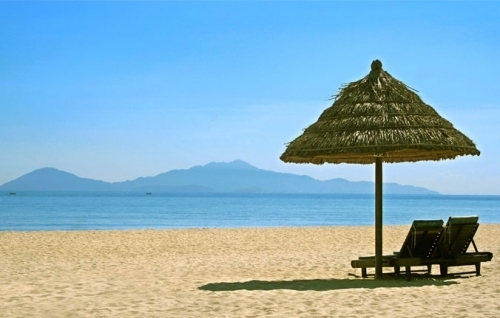 Hoi An Beach, Quang Nam - Vietnam
Hoi An Beach, Quang Nam - Vietnam Angkor Temples, Cambodia
Angkor Temples, Cambodia



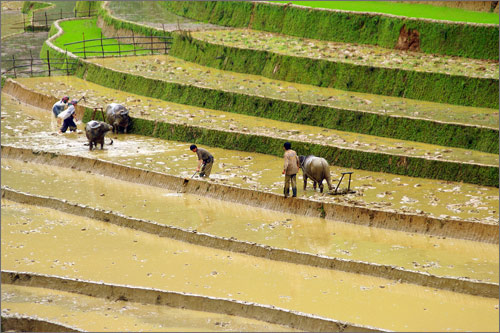

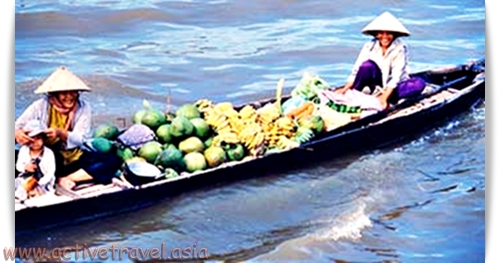 Mekong Delta, Vietnam
Mekong Delta, Vietnam Phnom Penh, Cambodia
Phnom Penh, Cambodia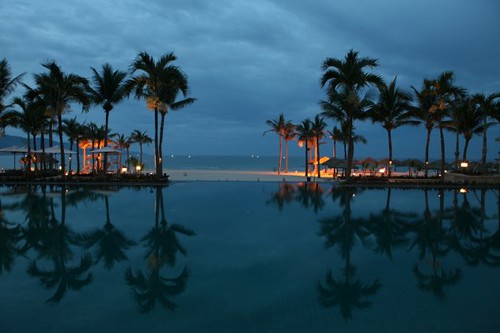 Da Nang Beach, Vietnam
Da Nang Beach, Vietnam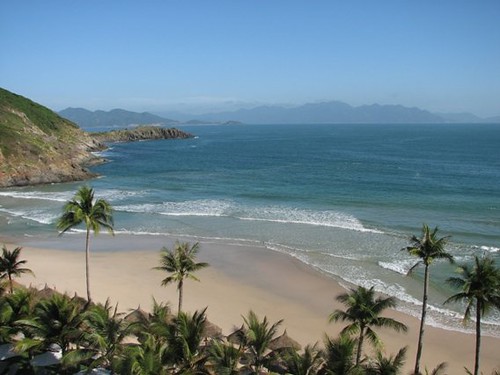 Nha Trang Beach, Vietnam
Nha Trang Beach, Vietnam






 Tiny and peaceful Lac Thien town, about 56 kilometres south of Buon Ma Thuot City along the National Highway 27, is surrounded with natural forests and a 500-hectare lake which is as beautiful as a white silk strip, creating a picturesque natural scenery.
Tiny and peaceful Lac Thien town, about 56 kilometres south of Buon Ma Thuot City along the National Highway 27, is surrounded with natural forests and a 500-hectare lake which is as beautiful as a white silk strip, creating a picturesque natural scenery.
























